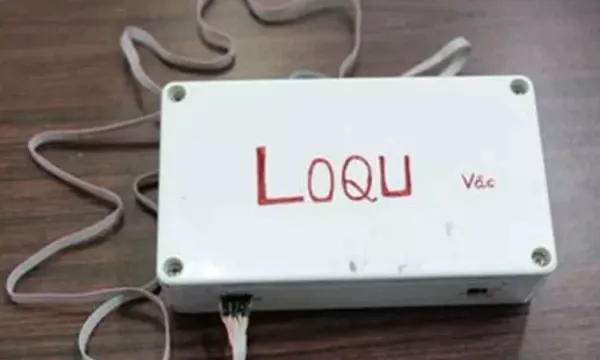A new low-cost technique developed by researchers at the Indian Institute of Technology (IIT) Guwahati can directly create human voice signals from signals of vocal cord vibration.

Using sensors positioned around the neck, the speech reconstruction system known as “LOQU,” which comes from the Latin term meaning “to speak or talk,” records vocal fold movement without the need for intrusive surgeries.
Reconstructing speech signals from vocal cord vibrations is made possible by this novel method, which has potential uses in both medical and speech disability contexts, such as mutism from apraxia.
Comparative testing show that this development has great potential for helping people with speech problems by providing a workable solution with similar and clear voice signals. According to Prof. Samarendra Dandapat, head of the Electro Medical and Speech Technology Group at IIT Guwahati and professor of Electronics and Electrical Engineering, “with ‘LOQU,’ we aim to empower those in need and drive impactful innovations in the medical and communication domains.”
“We use non-invasive sensors to record the vibrations of the vocal folds, then we electronically manipulate the information to produce speech harmonics. Dr. L.N. Sharma of IIT Guwahati said, “The resulting speech signals closely resemble traditional speech, as validated through comparison tests with signals recorded using conventional microphones.”
Importantly, the researchers carried out comprehensive comparison testing and found that the reconstructed speech signals were understandable and similar to conventional speech. Also Read – SRM-AP Celebrates Research Day.
These findings have great promise for helping those who have trouble speaking, providing a good substitute for conventional microphones, and improving voice clarity. The institution claimed that the patented LOQU prototype was created in a lab setting for less than Rs 2000.
Contact to : xlf550402@gmail.com
Copyright © boyuanhulian 2020 - 2023. All Right Reserved.